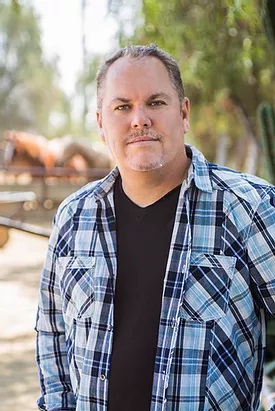 A Good Kill (Excerpt)
A Good Kill (Excerpt)
In times of reflection, I find that my chosen profession isn’t one that I’d recommend to others. Homicide is a lonely division in a police department, filled with a particular type of person—as comfortable with the dead as with the living, and often able to suppress their emotions in ways that cannot be healthy.
My partner, Remy Morgan, had arrived at Falls Magnet Middle School about twenty minutes before me and was hunkered down behind one of six patrol cars that littered the school’s front lawn.
I grabbed a Remington 870P from a patrolman and ran in a crouched position, the shotgun clasped under my right arm. Dropped behind the black and white where Remy was.
“One gunman,” my partner said, catching me up. “Three students and two teachers hostage. One of the teachers is injured. A shot to the gut is what we hear.”
I borrowed Remy’s binoculars, placing the Bushnell L Series to my face.
“The hostages are in the art room, P.T.,” she said. “Back of the building. Far right. All the rest of the staff and students are accounted for. Fifty-nine adults. Three hundred and ninety-four kids.”
I scanned the school grounds. To the right of the main building was a rectangular sports field, currently dressed for football and not a soul on it. To the left was a concrete area with two deserted basketball courts and a cluster of orange metal lunch tables.
Backpacks and Coke cans lay abandoned on the ground in the lunch area. Even farther left was the new library, no longer under construction but not yet open. A vinyl banner was strung across the front, announcing the date of an upcoming ribbon-cutting.
“There’s something else,” Remy said. “Avis Senza may be one of the three girls inside.”
I pulled the binoculars down and made eye contact with my partner.
Avis Senza was a budding thirteen-year-old artist who attended the magnet school. She was also the daughter of our boss, Police Chief Dana Senza.
“Bullshit,” I said. But Remy’s face was dead serious.
My partner wore gray Kevlar over a white blouse and tan pants.
The outfit contrasted with her dark brown skin.
“Vest,” she said to me, tapping at her own protection.
I grabbed mine. Pulled the straps tight around my chest. “The first report came in at 1:57,” Remy said. “A student saw a man in the art room with a gun. The kid did a one-eighty. Pulled the fire alarm and hightailed it.”
From there, whispers and texts moved through the school faster than summer lightning. Soon, four hundred kids were racing across the parking lot. Kids streamed into the nearby forest, Remy explained. Flooded into adjoining neighborhoods.
I turned and reexamined the campus.
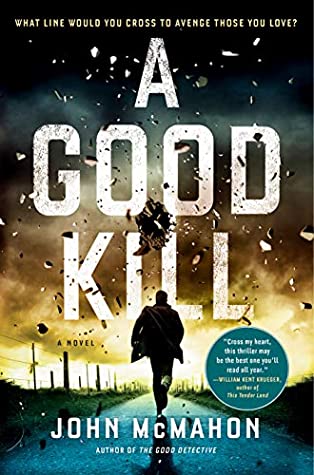 Falls Magnet Middle School was only two years old, built on land that locals once called the Sullivan farm. When I was a kid, I’d ridden my dirt bike here with friends—a six-foot-long frog gig duct-taped to the handlebars, the metal pole of the tool sticking up into the air.
Falls Magnet Middle School was only two years old, built on land that locals once called the Sullivan farm. When I was a kid, I’d ridden my dirt bike here with friends—a six-foot-long frog gig duct-taped to the handlebars, the metal pole of the tool sticking up into the air.
Where the main building stood was once a pond that overflowed from Cleric River. Back when I was ten, you could catch two silver perch and a bullfrog here on a good Saturday.
I leaned on the butt of the Remington. “You got an I.D. on the weapon, Rem? So we know what we’re up against?”
Remy turned to a patrolman, crouched just the other side of her. My partner had the sharp cheekbones of a fashion model, and her long hair was flat-ironed and cut at an angle at her shoulders. She could be intimidating.
“The students who ran out of the school,” she said to the rookie. “You got ’em in a safe area in the parking lot?”
“Maybe half of them, Detective Morgan,” he said. “We’ve been releasing them to parents.”
“Find me the boy who saw the gun,” Remy said.
The patrolman took off, sprinting out of the area in a crouched position.
My name is P. T. Marsh, and Mason Falls, Georgia, is my town.
Lately we top out at around 130,000 souls. So we’re not so big that there’s more than two Walmarts in town. Then again, we’re not so tiny that it won’t make national news when a school shooting happens.
In the distance a hundred feet behind us, a white pop‐up tent had been erected by patrol. A planning area. Farther back, in the visitor’s parking lot, a CNN van was unloading camera equipment, an unfortunate circumstance of being ninety minutes from Atlanta. There was always a CNN van on some highway nearby.
I tapped at the bullhorn by Remy’s side, and she explained how she’d tried to make contact with the gunman before I arrived.
“Patrol also called the cell numbers of both teachers held in the school,” she said. “No answer.”
“And Chief Senza?”
“He’s probably twenty minutes out,” Remy said. “Protocol is clear, though, P.T. Talk the shooter down. Make sure no one else gets injured or worse.”
I took this in, realizing the extra sensitivity with the chief’s daughter in play. Still, I’d overseen last year’s active shooter training, so I knew the statistics better than anyone else in the department. In seventy percent of these scenarios, the ordeal ends only when the gunman is confronted or killed by police or himself.
“You remember a D.A.R.E. talk we did here last year?” I asked.
Remy shook her head. We’d been partners for a year and a half. Slightly less if you counted the time this summer when she took a three-month shift working in County.
“The kids weren’t paying attention,” I reminded her. “So the teacher decided to take the class outside?”
“Yeah.” Remy nodded. A look of familiarity came to her face.
I motioned over the top of the one-story brick building where the shooter was. “Those pine trees to the right curve around back. There’s a maintenance shed, tucked under a hedge of ironwood.”
“What are you thinking?” my partner asked.
“I’m gonna circle back there,” I said. “See if I can get a different angle on this guy. Maybe climb up on the roof of that shed.”
I grabbed the Remington.
“You got your walkie?” Remy asked.
I looked down. It was clipped to my belt. “And my cell in case you want to stay off the radio.”
“If you get the shot . . .” Remy said.
“I thought we were trying to talk him down.”
“We are,” she said. “But if conditions change and you get a good look . . .” Remy hesitated, her eyes searching mine. “Do you want me to go instead?” she asked.
I took off without answering, making a beeline back toward the police tent. When I was almost there, I ducked left into the forested area that ran between the school and State Route 903.
Four months ago, I’d had a guy in the sights of my gun. A killer who’d taken out a dozen innocents. I’d pulled the trigger and missed him. Then missed again. If my partner hadn’t been there, I’d be dead now. Hence her question.
I dodged around thick rows of sugar maple, the silver gray bark of the trees five or six feet from each other. Above me, their green and brown flowers hung in clusters.
In the world of policing against an active shooter, there’s pre-1999 and post.
Before the ’99 shooting at Columbine, the response to shooters at schools was always the same. Talk the gunman down. Call in SWAT.
And wait.
Post-Columbine, all the rules changed. Go in hard and fast. And if need be, kill the shooter before he can hurt any kids. But when a gunman takes hostages, all bets are off and patience is needed. Prayer doesn’t hurt either.
I felt sweat building up under the Kevlar, and my walkie chirped. I pressed the button two times to signal Remy that I was all right.
“We just heard something from the media,” Remy’s voice squawked. As I glanced back, I saw our SWAT van pulling in beside the E-Z UP. “What’ve you got?” I asked into the walkie, slowing to a stop and breathing heavy.
“A student talked to CNN. Apparently he saw the car the gunman came out of. A reporter ran the plates.”
Jesus, I thought. We’re already playing catch‐up to the media?
“The gunman’s name is Jed Harrington,” Remy said. “He’s thirty-six. A local.”
I glanced through branches of wood fern at the parking lot, now far in the distance. In the last four minutes, two other media vans had pulled in, farther away from the school, behind the E-Z UP. A CNN reporter stood in front of a camera, and I could see cars backing up onto the highway. More parents arriving. Panic setting in.
“Did someone pull his jacket?” I asked. “Any history of violence?”
“He’s got no record, P.T.,” Remy said. “Stay tuned, and I’ll find out more.”
Re‐clipping the walkie, I hustled for another hundred yards. The forest curved to my left, bending around the shape of the school.
I thought of Avis Senza, who I’d chatted with three or four times at the precinct. A good kid and the only child of my boss. I knew from personal experience what losing a child could do to a man. The hole that Senza might fall into.
I found the small maintenance shed and moved around the back side. Scrambled up onto an air-conditioning unit. Our SWAT team had a guy named Pierce who’d trained in talking to hostage-takers. If I could be Pierce’s eyes, maybe we could end this standoff with no loss of life.
From atop the AC, I pulled myself onto the roof and scooched my six-foot-two-inch frame to the edge, my stomach flat against the surface. Trees from the forest hung overhead, and branches caught my tufty brown hair and scraped along my back.
At a hundred feet, I could see an eight‐by‐ten window that looked out from the art room onto the back lawn of the school.
I put the binocs to my face, and the art space came in clear. The room was large, with students’ paintings covering every wall. Four black industrial work tables were spread throughout. High tops with stools around them. But no one sat at the stools.
I scanned left and counted. One, two, three students. All girls, twelve or thirteen, in white blouses and blue-and-red plaid skirts. They huddled in one corner; at the front of the group, my boss’s daughter. To her right was a brunette in her thirties, the art teacher presumably.
I saw the injured teacher too, but the shot he’d taken wasn’t to the stomach. It was to the chest, and his blood had soaked through a pile of white smocks until they were brick red.
He was dead.
The shooter himself was white and stood near the teacher, close to the window.
Six foot tall and mid-thirties, Jed Harrington had a face the shape of an egg and sunburnt skin. He was handsome in a rugged way and wore a green-checkered flannel, faded jeans, and hiking boots. He looked more like a dad bringing his kid’s forgotten permission slip to school.
My cell buzzed, and I slid it close to my ear. I was lying prone, on my stomach, with the shotgun laid out in front of me. I held the binocs with my free hand.
“You’re not gonna believe what I can see from here,” I said to Remy.
No sound came back at first, so I pulled the phone up and glanced at the screen. The number was blocked.
“Good afternoon, Detective Marsh,” a man’s voice came back.
A voice I knew.
The man on the other end was the highest-ranking public official in the state of Georgia, a man named Toby Monroe. Governor Monroe to folks who saw him on the news or punched his name at the ballot box.
“I assume you’re at this scene?” Monroe said. “The one I’m watching on TV?”
“I am.”
“Thank God,” Monroe said. “Someone I can trust.”
But the governor and I didn’t have what I’d call a trusting relationship. Ours was one in which favors were traded. And I was in arrears—owing him a big one.
“What do you need?” I asked.
“I’m calling to expedite anything you need,” he said. “To make sure no children are hurt at that school.”
My eyes tracked the gunman, pacing near the window. I hadn’t seen his weapon yet, but the man’s left hand was below the sill. Was he a lefty? Or had he put the weapon down?
“No children have been hurt,” I said.
“So let’s keep it that way,” Monroe replied. “From what I hear-tell, your job in an active shooter situation is to take out the gunman. No questions asked.”
The governor’s voice could shift from sophisticated to down-home in a flash. A politician’s trick.
“Unless the gunman takes hostages,” I said.
My walkie clicked, and I told Monroe to hold on. I put the phone aside, on mute.
I depressed the button on the walkie. “This is Marsh.”
“I just talked to the kid who was in the art room,” Remy said. “The one who saw the weapon.”
“Yeah?”
“P.T.,” she said, “he told me the guy only had one gun. A .38 Smith & Wesson.”
A school shooter with a single weapon ran contrary to every constant that law enforcement knew of these situations. Even stranger, a revolver. A six-shooter.
“Did he see a duffel?” I asked. “Maybe some bag with—”
“Just the .38,” Remy said. “But that doesn’t mean he’s not packing other weapons or explosives.”
Exactly, I thought.
“SWAT wants to know what you see,” Remy said. “They’re gonna run a phone over to this guy. Pierce thinks he can talk him down.”
“Is the boss there yet?” I asked.
“Five minutes out,” Remy said. “Stuck behind a glut of parents’ cars.”
I stared at the female teacher, talking to the gunman. She was petite, with light brown hair that fell to her shoulders. The gunman put his hand on her forearm, and she looked down at it. He pulled his hand back.
“Get right back to you,” I said, and Remy clicked off.
When I un‐muted the phone, Governor Monroe was still there.
“How are the teachers?” he asked.
“One is dead,” I said.
“Shit,” his response came back.
I used my binoculars to examine the building at the far end of the school grounds. The structure that had just finished construction.
“I read in the Register that you’re coming here,” I said to Monroe. “To dedicate the new library.”
“Yes,” he said, his voice quieter now.
I scanned the vinyl banner strung across the front of the library, and my eyes stopped on something etched into the stone above the banner. The governor wasn’t just speaking at the dedication.
“Your name,” I said, sliding over the Remington so I was ready.n“It’s on the building?”
“That’s not why I’m calling,” Monroe said.
But it couldn’t be good. The Monroe family name on a building after this? Whatever this was about to become.
“Mason Falls isn’t known as a place where schools get shot up,” Monroe said. “Those cities become infamous. But you and I can change that, Marsh. In Georgia, we act strong and fast. We protect children.”
I stared down the barrel through the sights of the Remington, laid out across the roof. Sap drippings smeared across my forearms.
“What is it you want?” I asked.
“We can’t wait until this psycho hurts a child,” Monroe said. “Take him out. Now.”
“SWAT wants time,” I said.
Monroe’s voice got gruffer. “For Christ sake, you just said he killed a teacher.”
“They’re running a phone line,” I explained.
“And next they’ll form a committee,” he said. “Marsh, you owe me one.”
I exhaled, my nose making a whistling noise. This was what I’d been dreading since I heard Monroe’s voice.
In May, the governor had supplied me with the name and address of a man who I’d been searching for. A man who’d run my wife and son off the road two years ago. Who’d killed them.
In exchange for that information, he told me that he’d call at some point—for a no‐questions-asked favor. And I’d agreed.
I stared across at the gunman.
“I’m not gonna make you do this,” Monroe said, his voice calming again. “But I think every parent in the state would breathe a sigh of relief if you took out that killer.”
I hesitated.
I’d read that Monroe was only one point ahead in the polls. One point ahead of an unknown competitor was a narrow margin for an incumbent governor. If a school shooting went bad, he might fall ten points behind.
“Just know that if you pull that trigger,” he said, “you and I are square. All debts settled.”
The phone went dead then, and I put my cell down. Focused on the art room.
The teacher said something to the gunman, and Harrington shook his head at her—vehemently, from left to right. He grabbed the teacher by the shoulders then and swiveled her in my direction, staring out the window.
Had the gunman seen me?
I stayed completely still. Found Jed Harrington in the center of the Remington’s scope and waited. He held his weapon to the woman’s neck, and I confirmed it was a .38.
The gunman moved closer to the window, dragging the art teacher in front of him. He was forty yards away. Fifty at most.
Slowly, I chambered a slug. Found the release lever and pulled back on the action, pumping the gun to the ready.
The teacher wriggled free from the man’s grasp, and he let her go.
Then he glanced out at the forest, his .38 resting against the glass.
It was a moment of calm. Was he reflecting on something? Still searching for some movement?
I’d spent the last decade of my life trying to understand the machinations of the criminal mind. Why they take the risks that others don’t. Their carelessness with the things that I hold dear. And the truth was that my understanding hadn’t grown deeper. In the end, they just made me doubt the existence of a higher power.
My walkie came alive with Remy’s voice.
“P.T.,” she said, “phone line’s ready to get walked over.”
I stared at the gunman, my index finger resting against the trigger and then drifting away. Hesitating. Shaking.
The Remington 870P isn’t a long-distance weapon. It’s a short-stock shotgun that’s great for clearing a house and hard for bad guys to pull out of a cop’s hand. Still, when hunting, I’ve found that a twelve-gauge can be effective to about eighty yards. Twice this distance.
I eyed the red dot on the Remington and found the gunman.
Harrington had killed one teacher already.
And as I watched, he turned back toward the girls and the art teacher, his Smith & Wesson in hand. Held out in their direction.
Over his shoulder I could see my boss’s daughter, Avis, at the front of the pack. She put out her hand, palm facing him, as if to say no.
“P.T.,” Remy’s voice chirped.
I took aim. Inhaled and squeezed.
From A GOOD KILL by John McMahon, published by G. P. Putnam’s Sons, an imprint of Penguin Publishing Group, a division of Penguin Random House, LLC. Copyright © 2021 by John McMahon.





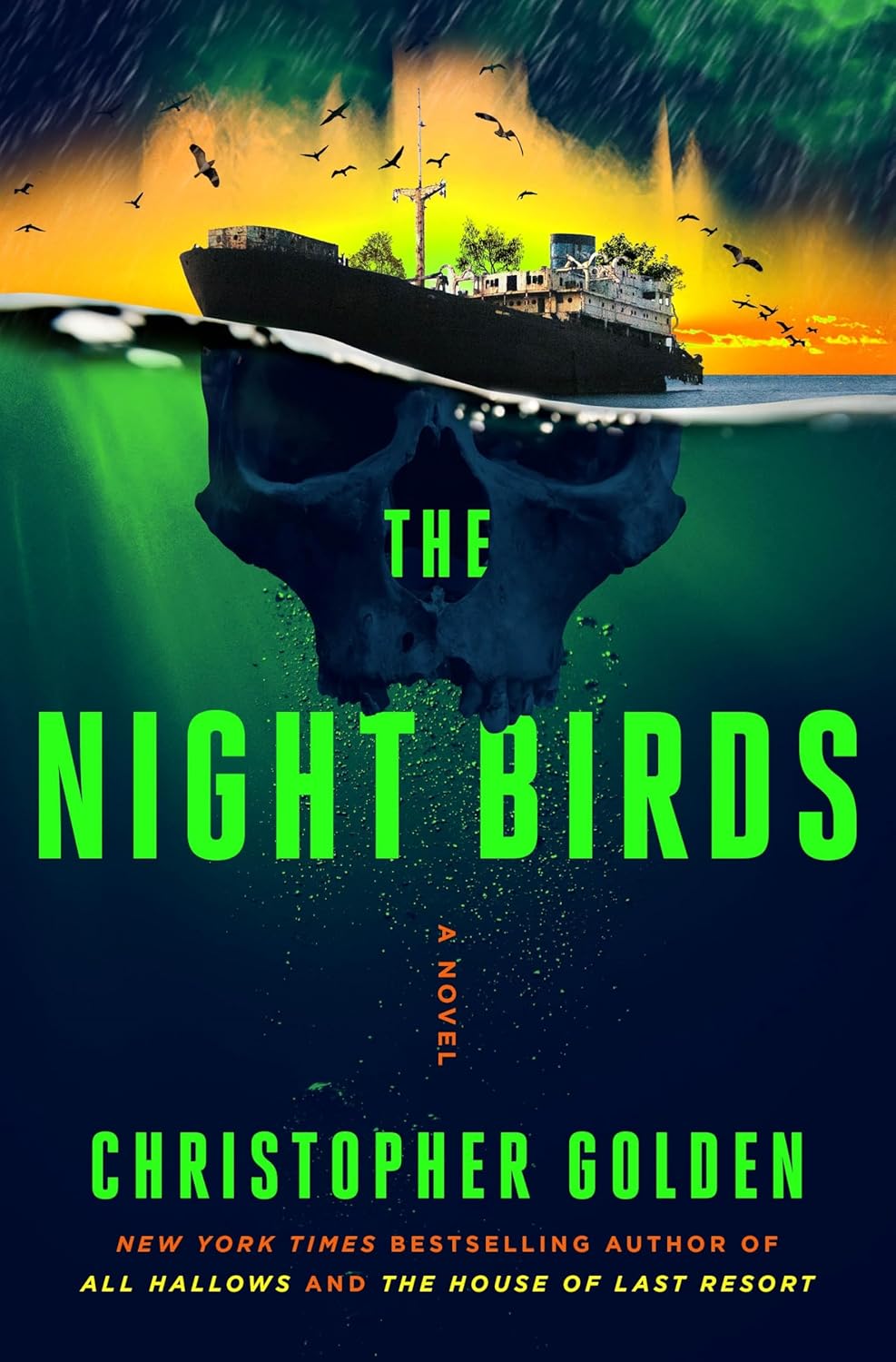
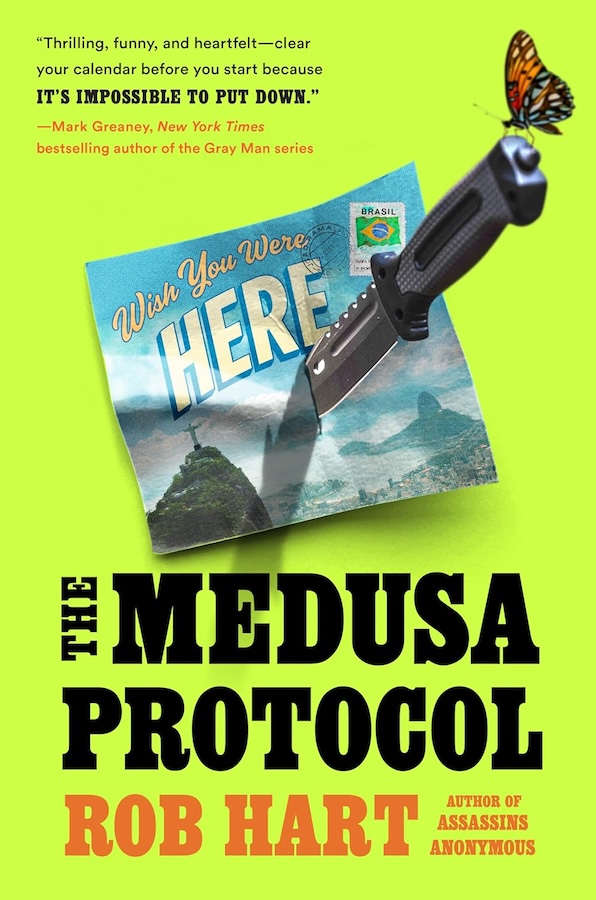
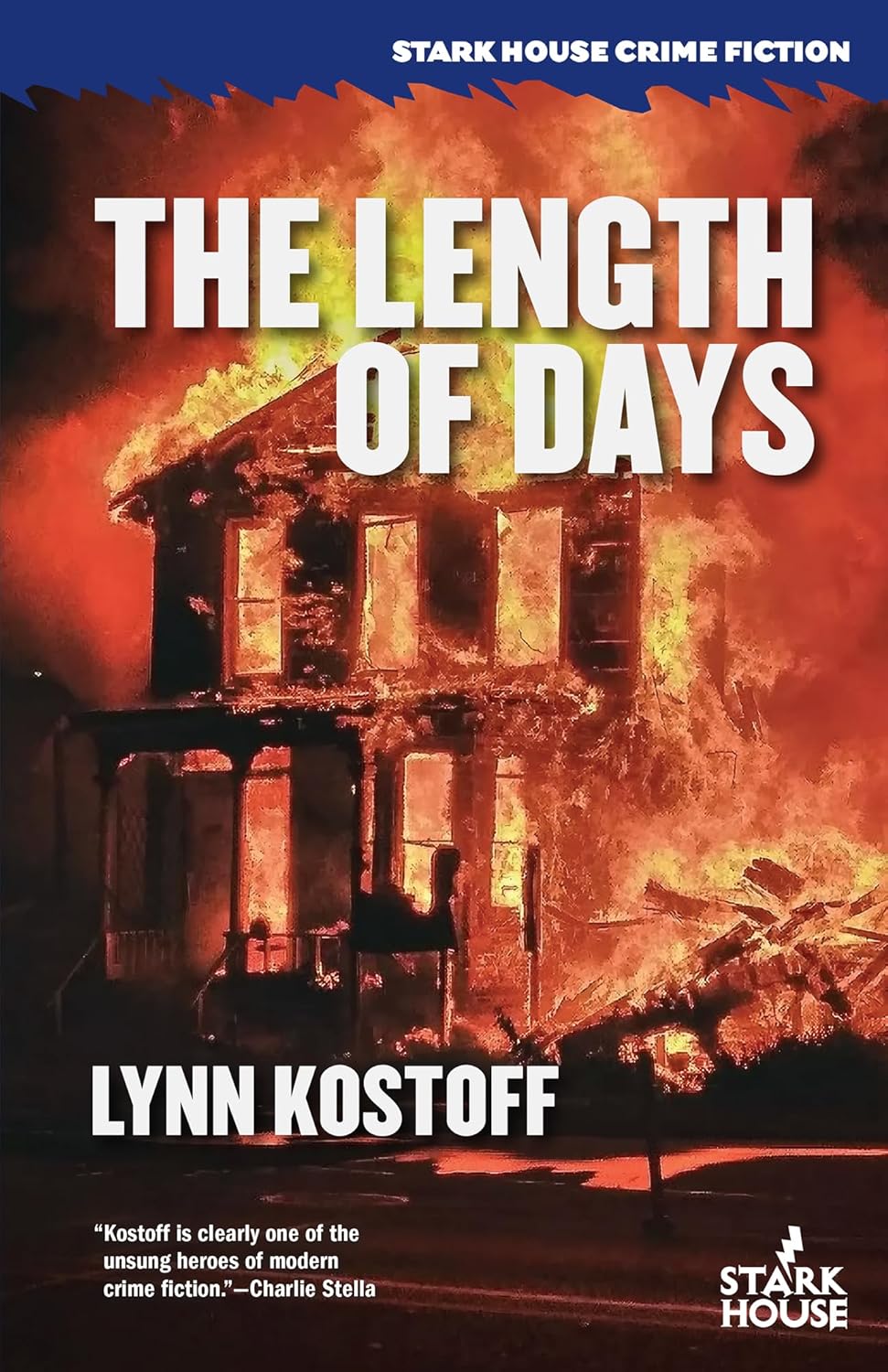
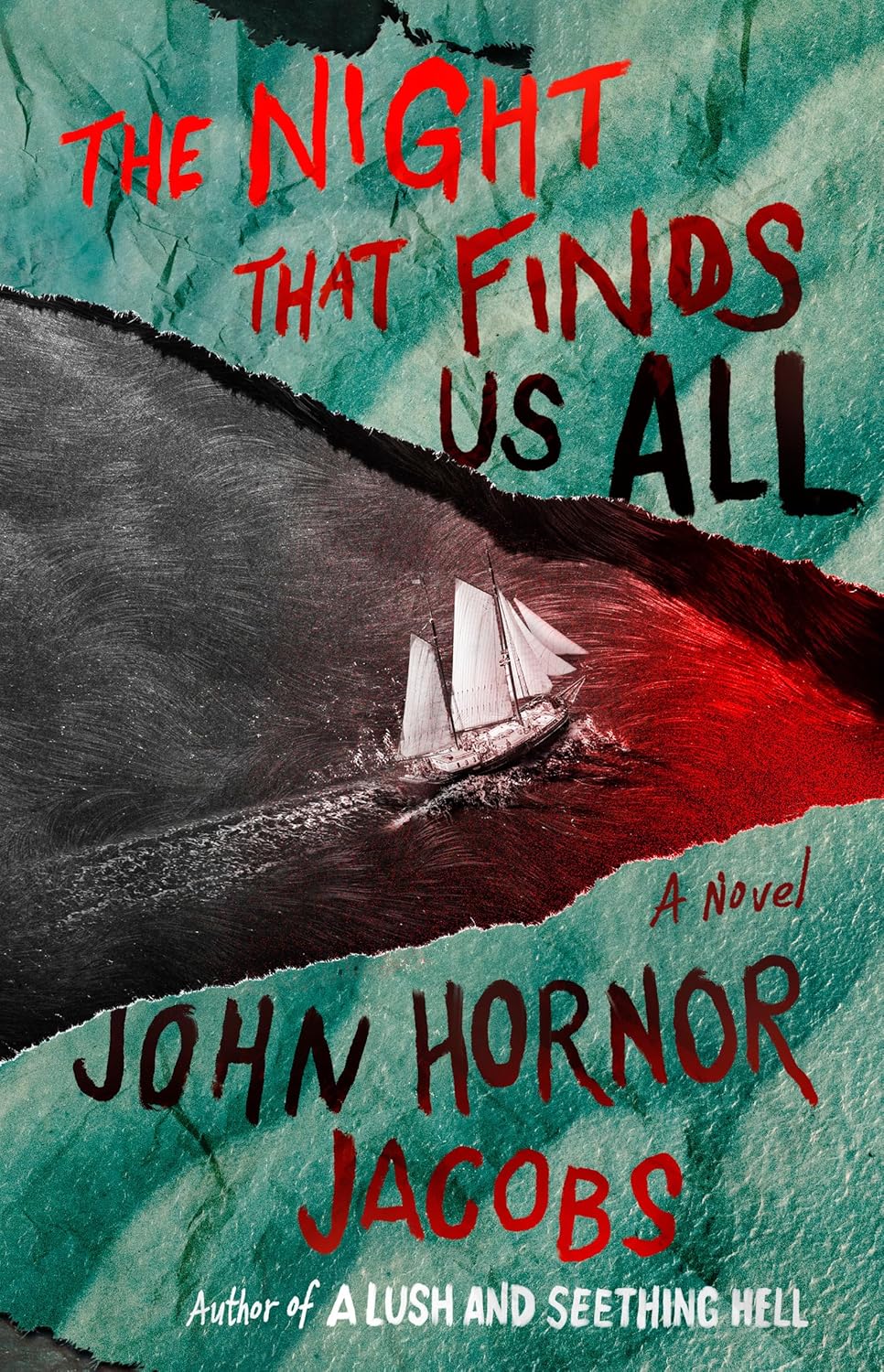
No comments yet.